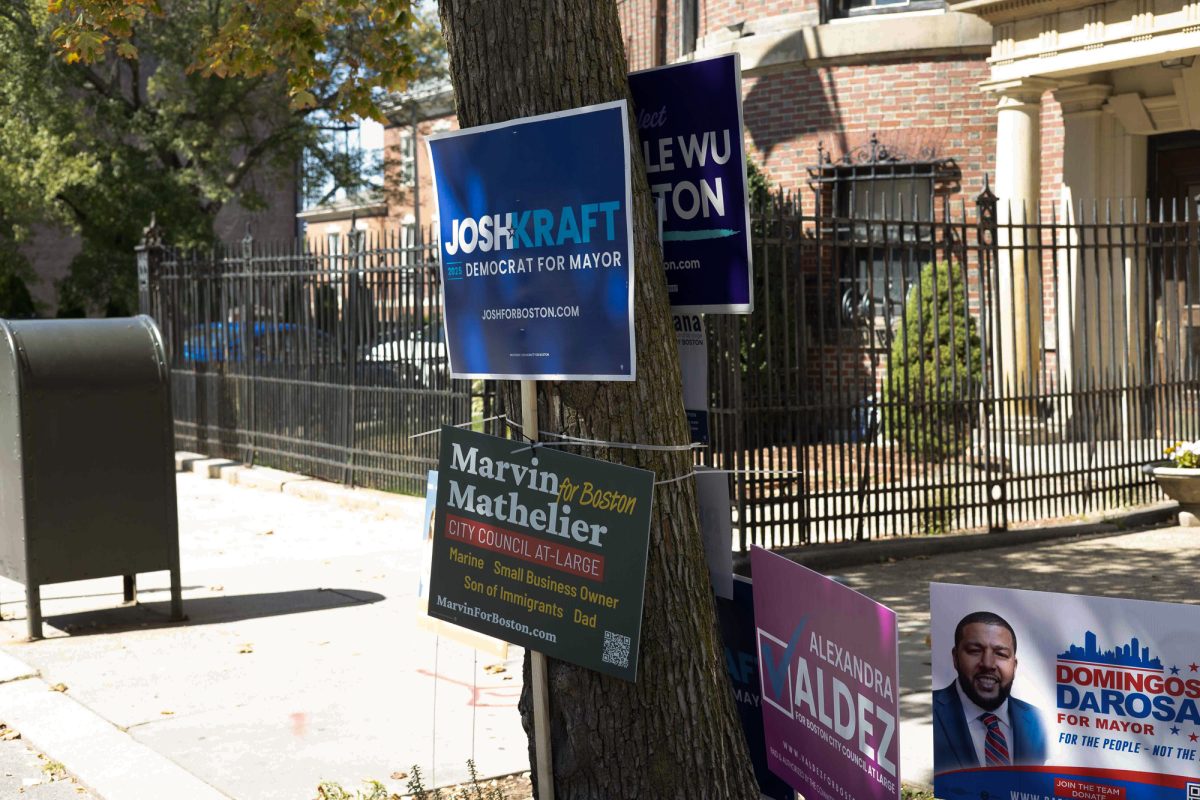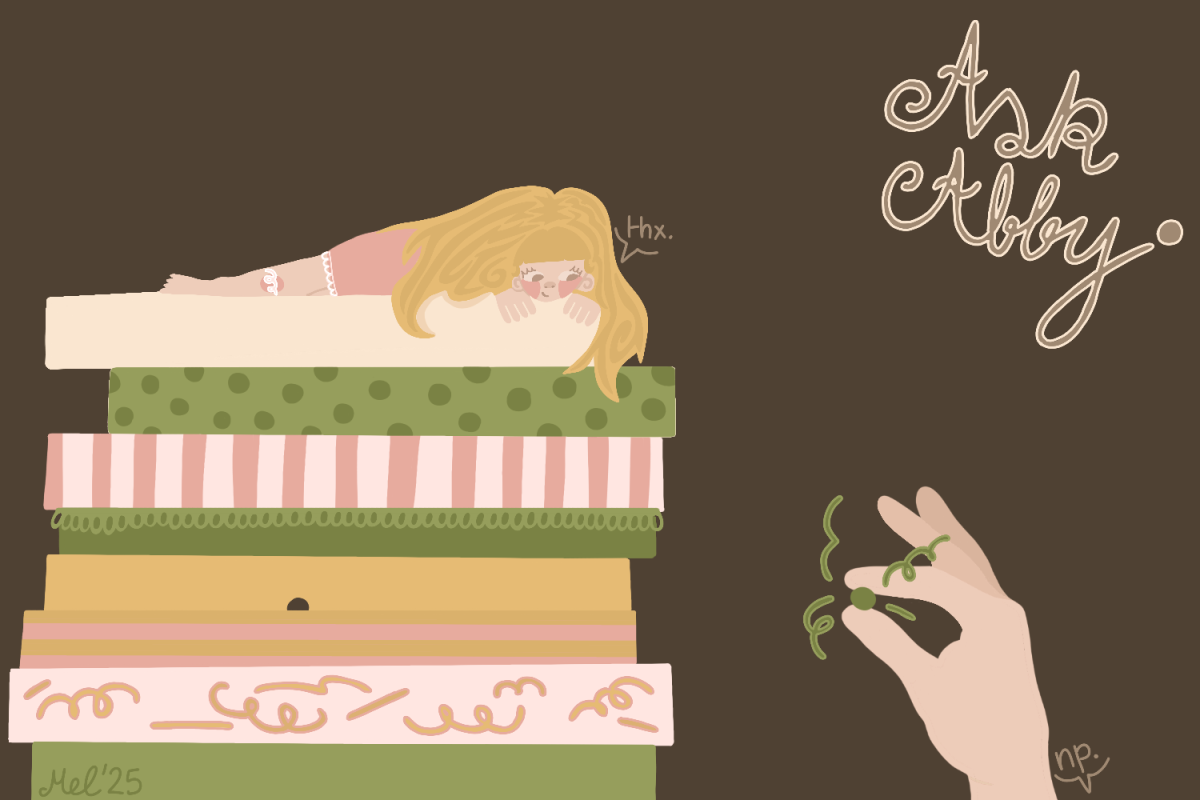Scattered around my dorm’s floor are t-shirt and sweater collars, the last remnants of their original store-bought form.
What started as a comedic fashion idea evolved into a mass collar exodus, where my friends and I have taken it upon ourselves to revitalize our old clothing to continue wearing in a new form.
Boston University’s fashion identity is vast and diverse, but a staple among all students’ wardrobes seems to be an emphasis on sustainability and upcycle-ability.

Cutting the collars off tees only scratches the surface of what fashion is capable of on a college campus. Skirts can become shirts, or jeans can perhaps be cropped into a denim skirt — the transformations are limitless.
Conventional dress codes are less common now because a “fit” is determined by what looks good together rather than by typical piece fusions. BU has embraced this evolution with open arms, as students have ultimately become designers of their own fashion inventory.
Fashion itself took on an entirely new meaning when “going thrifting” became a powerful means of socializing. Over the past year, I have embarked on countless vintage market trips, establishing somewhat of an ebb and flow of styles and clothing in my closet. The novelty of shopping second hand is something nearly impossible to replicate, similar to the unique nature of upcycling fashion. It requires a creative vision to execute, which BU students appear to have no shortage of.
As students have already grown accustomed to DIY-ing their possessions, similar notions have soared in popularity across internet platforms. Spearheaded by influencers and Gen Z, the online world has shifted its focus from purchasing new textile products to reusing old pieces to reflect even newer trends.
Influencer and fashion model Madeleine White sparked backlash earlier this year when she upcycled a Prada jumpsuit to wear as her Milan Fashion Week look in February — cutting a more conservative one-piece jumpsuit into a skirt and cropped blazer combo. White has popularly used her platform to inspire followers to recycle their old clothing, so this move, although bold, was no surprise.
The incident, duly referred to as “Jumpsuit Gate,” despite being at the center of controversy, is a prime example of the direction fashion movements are headed in.
The internet’s new infatuation with thrift shopping and upcycling has been aided by classic flea markets and other second hand stores such as Goodwill and The Salvation Army.
BU students have fairly easy access to thrift locations on Commonwealth Ave. in addition to all throughout the city of Boston, where they can both buy and donate clothing to continue the process of textile rejuvenation.
As my friend, and expert upcycler, Isabella Chaparro Will said, “In a world where we find so much uniformity across politics and media, thrifting and upcycling fashion is an incredible way to express one’s self and find community.” The future of fashion is truly DIY.
















































































































